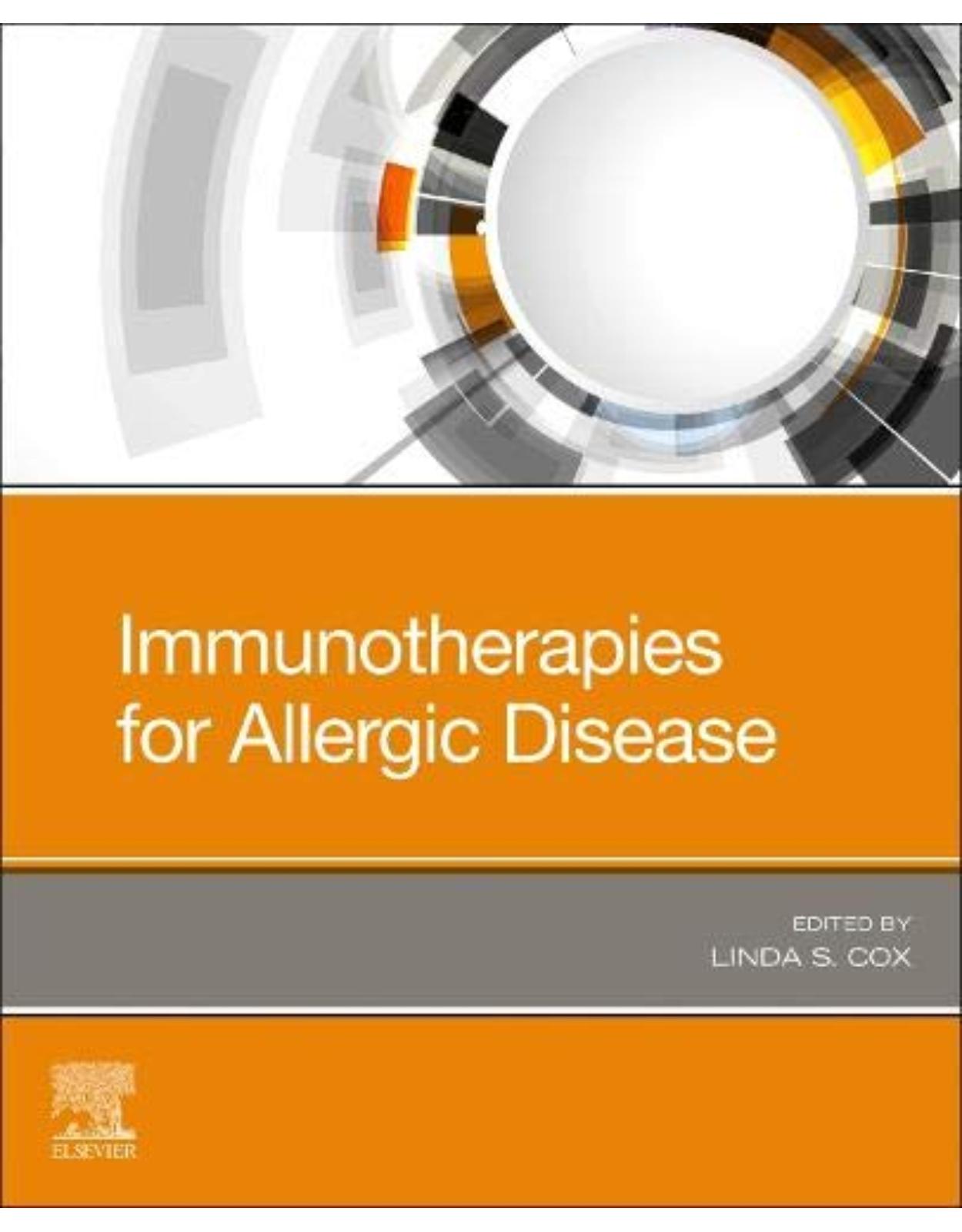
Immunotherapies for Allergic Disease
Produs indisponibil momentan. Pentru comenzi va rugam trimiteti mail la adresa depozit2@prior.ro sau contactati-ne la numarul de telefon 021 210 89 28 Vedeti mai jos alte produse similare disponibile.
Get a quick, expert overview of the use of current and novel immunotherapies for use in the management and treatment of allergic reactions and diseases. This concise resource by Dr. Linda Cox covers the full range of allergic disease, including aeroallergens, asthma, food allergies, atopic dermatitis, and stinging insects. With essential coverage of allergen immunotherapies in addition to key topics on emerging allergen-associated immunomodulators, this succinct, comprehensive reference consolidates today’s available information on this timely topic into a single convenient resource.
- Discusses timely topics such as food tolerance, allergy, and allergen unresponsiveness; biologics for COPD and pediatric asthma; and adherence and pharmacoeconomics.
- Summarizes practical guidelines and recommendations for use of immunotherapies in clinical practice.
- Provides insight into the background and history of immunotherapies as a treatment for allergic disease.
- Includes developments on the horizon, including alternative immunotherapy routes and modified allergens.
· Section 1. Background
· Chapter 1. Allergen immunotherapy: a historical progression
· Historical development
· Early materials and methods
· Specific treatment: allergic rhinitis
· Allergic asthma
· Insect venom immunotherapy
· Food allergy immunotherapy
· Decreasing side effects of immunotherapy
· Potency/standardization
· Mechanisms of allergy
· Length of treatment
· Routes of immunotherapy
· Concluding thoughts
· Chapter 2. Definition of an allergen
· Classification of allergens
· Naming allergenic products
· Properties of allergens
· Rationale for the use of single allergens and allergenic extracts
· Concluding thoughts
· Chapter 3. Allergen standardization and manufacturing
· Introduction
· Classification and manufacture of allergen extracts in the United States
· Standardization of allergen extracts in the United States
· A standardization algorithm
· Conclusions
· Section 2. Allergic diseases
· Chapter 4. Atopic dermatitis
· Background
· Prospective studies with favorable results of SCIT for AD
· Prospective studies with favorable results of SLIT for AD
· Negative studies of IT for AD
· Published reviews of IT for AD
· Practice guidelines
· Small molecules: phosphodiesterase inhibitors
· Small molecules: Janus Kinase/signal transducer and activator of transcription (JAK/STAT pathway)
· Current monoclonal therapies: dupilumab
· Other biologic immunotherapies under investigation
· Potentially promising and emerging biologic therapies
· Nemolizumab (anti-IL-31)
· Other historical and investigatory biologic immunotherapies
· Tezepelumab (anti-TSLP)
· Rituximab (anti-CD20)
· Omalizumab (anti-IgE)
· Mepolizumab (anti-IL-5)
· Ustekinumab (anti-p40 subunit)
· Summary of biologic immunotherapies for atopic dermatitis
· Chapter 5. Food allergy
· Introduction
· Epicutaneous immunotherapy trials
· Immune mechanisms of AIT clinical trials of additional forms of AIT
· Future directions
· Chapter 6. Venom immunotherapy
· Background
· Patient selection
· High-risk patients
· Hymenoptera venom extracts
· Initiation of VIT
· Efficacy and safety
· Maintenance/monitoring
· Duration
· Mechanism of VIT
· Summary
· Section 3. Mechanisms of allergen immunotherapy
· Chapter 7. Mechanisms of subcutaneous allergen immunotherapy against inhaled aeroallergens
· Introduction
· Mechanisms of SCIT Studies
· Desensitization and reduction of local mast cells, basophils, and eosinophils
· Reduction of type 2 innate lymphoid cells
· Decreases in Th2 lymphocyte responses
· Th1 immunodeviation and changes in Th2/Th1 ratios
· Increase in T regulatory cells and IL-10 mediated effects
· Reduced T follicular helper cells and increased T follicular regulatory cells
· Increase in B regulatory cells
· Initial increase followed by persistent decrease in IgE
· Generation of blocking IgG and IgA antibodies
· How novel mechanisms can improve aeroallergen SCIT
· Summary
· Chapter 8. Sublingual immunotherapy: aeroallergen and venom
· Introduction
· Early studies of sublingual immunotherapy
· Sublingual immunotherapy tablets
· Mechanisms of sublingual immunotherapy
· Efficacy and safety of sublingual immunotherapy
· Sublingual versus subcutaneous immunotherapy
· Allergists use of sublingual immunotherapy
· Cost effectiveness of sublingual immunotherapy
· Sublingual immunotherapy for venom allergy
· Conclusion
· Chapter 9. Food tolerance, allergy, and allergen unresponsiveness
· Food antigen-specific immune responses in health
· The role of regulatory T cells in food tolerance
· Role of immunoglobulins in oral tolerance
· Development of food allergy
· The role of microbiota in food tolerance versus allergy
· Oral tolerance, desensitization, and sustained unresponsiveness: mechanisms of therapeutically induced food tolerance
· Summary
· Chapter 10. Clinical markers to allergen immunotherapy response
· Introduction
· IgE (total IgE, specific IgE, and sIgE/total IgE ratio)
· IgG subtypes
· Serum inhibitory activity for IgE
· Basophil activation
· Cytokines and chemokines
· Cellular biomarkers
· In vivo biomarkers
· Novel biomarkers/developments
· Concluding remarks
· Chapter 11. Biologics in the management of chronic obstructive pulmonary disease
· Introduction
· Targets for biological agents in COPD
· High-T2 inflammation in COPD
· Systemic comorbidities in COPD
· Targets specific to parenchymal lung destruction in COPD
· Conclusions
· Section 4. Allergen immunotherapy (AIT) and allergen immunomodulatory (AIM) therapies
· Chapter 12. Breakthroughs in subcutaneous allergy immunotherapy
· Introduction
· Proven efficacy in allergic diseases
· Evidence for efficacy of SCIT with mixtures of unrelated allergens
· Evidence for allergen specificity of SCIT
· Determination of optimal dosing of SCIT
· Evidence of disease modification
· Long-term effect on offspring
· Evidence of modification of underlying immunologic derangement
· Necessary duration of SCIT to achieve disease modification
· Safety of subcutaneous immunotherapy
· Alternative injection schedules
· Compounding allergen mixtures
· Adjuvants
· Comparative efficacy of subcutaneous versus sublingual immunotherapy
· Chapter 13. Breakthroughs in sublingual immunotherapy
· AIT contraindications
· Novel AIT approaches in asthma
· Emerging approaches for food allergy
· Key points
· Chapter 14. Food immunotherapy
· Introduction
· Oral immunotherapy
· Safety and tolerability of oral immunotherapy
· Sublingual immunotherapy
· Epicutaneous immunotherapy
· Other novel approaches
· Conclusion
· Chapter 15. Adherence and pharmacoeconomics
· SCIT studies
· Pharmacoeconomic data on sublingual immunotherapy
· Cost-effectiveness of SCIT versus SLIT
· Conclusions
· Section 5. AIT and immunomodulatories in investigation
· Chapter 16. Unconventional but promising routes for allergen immunotherapy: an update on intralymphatic and epicutaneous immunotherapy
· Introduction
· Measures to enhance AIT efficacy
· Measures to improve AIT safety
· Intralymphatic allergen immunotherapy
· Epicutaneous allergen immunotherapy
· Methods to improve EPIT
· Outlook for EPIT
· Chapter 17. Modified allergens: peptides, fragments, and recombinant allergens
· Introduction
· Disadvantages of natural allergen extracts
· Types of recombinant allergens and hypoallergenic derivatives
· Allergoids
· Recombinant wild-type allergens
· Fragments and recombinant hypoallergenic derivatives
· Synthetic T cell epitope–derived peptides
· Contiguous overlapping peptides
· Synthetic B cell epitope–derived peptides
· Summary and conclusion
· Section 6. Allergen immunomodulatories
· Chapter 18. Effect of immunomodulators on allergen immunotherapy
· Biological agents
· Immunomodulators
· Chapter 19. Anti-IgE therapy
· Introduction
· Anti-IgE therapy in specific diseases
· Practical matters
| An aparitie | 2019 |
| Autor | Cox |
| Dimensiuni | 19.3 x 2.5 x 23.4 cm |
| Editura | Elsevier |
| Format | Paperback |
| ISBN | 9780323544276 |
| Limba | Engleza |
| Nr pag | 350 |
-
1,01800 lei 86000 lei

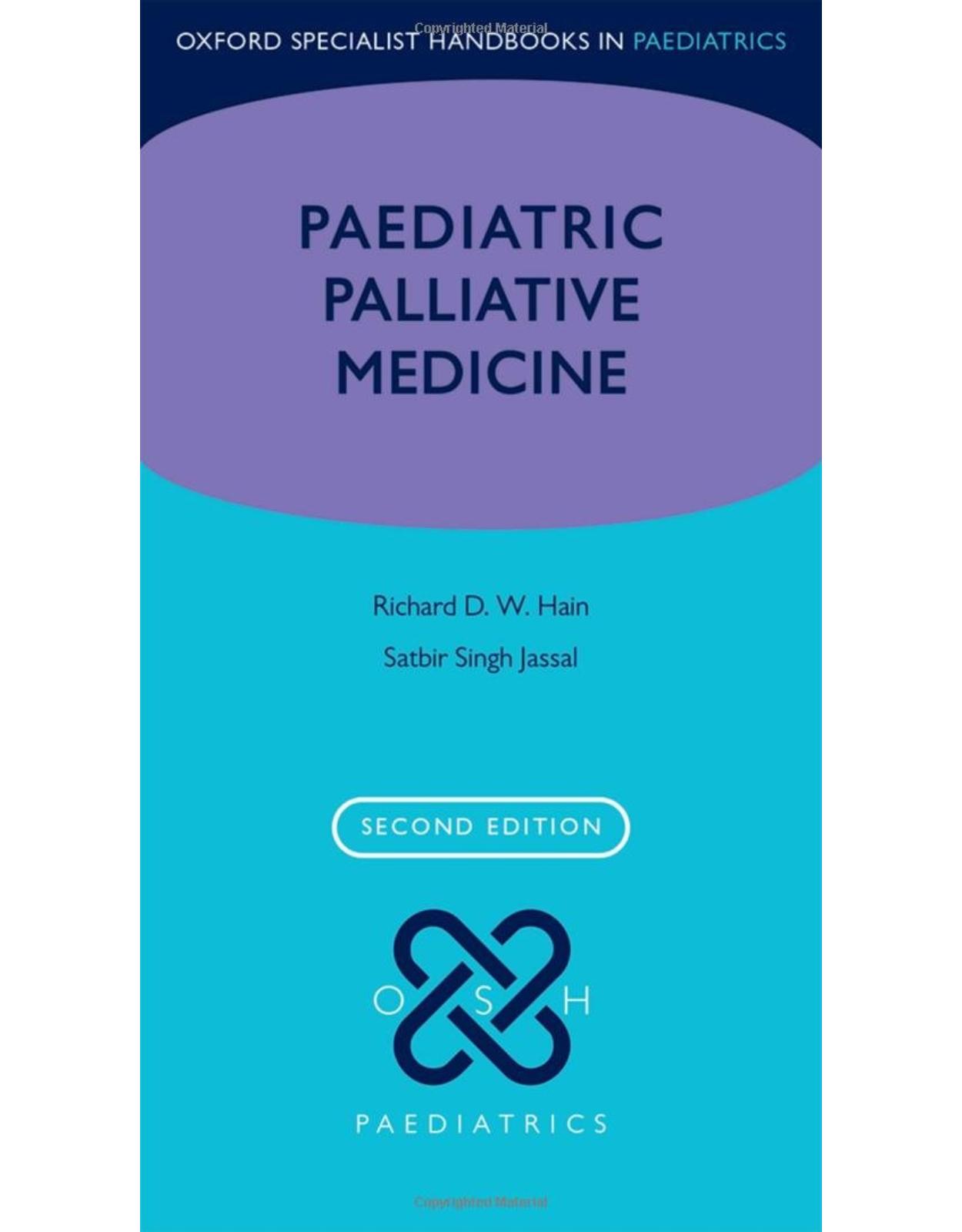
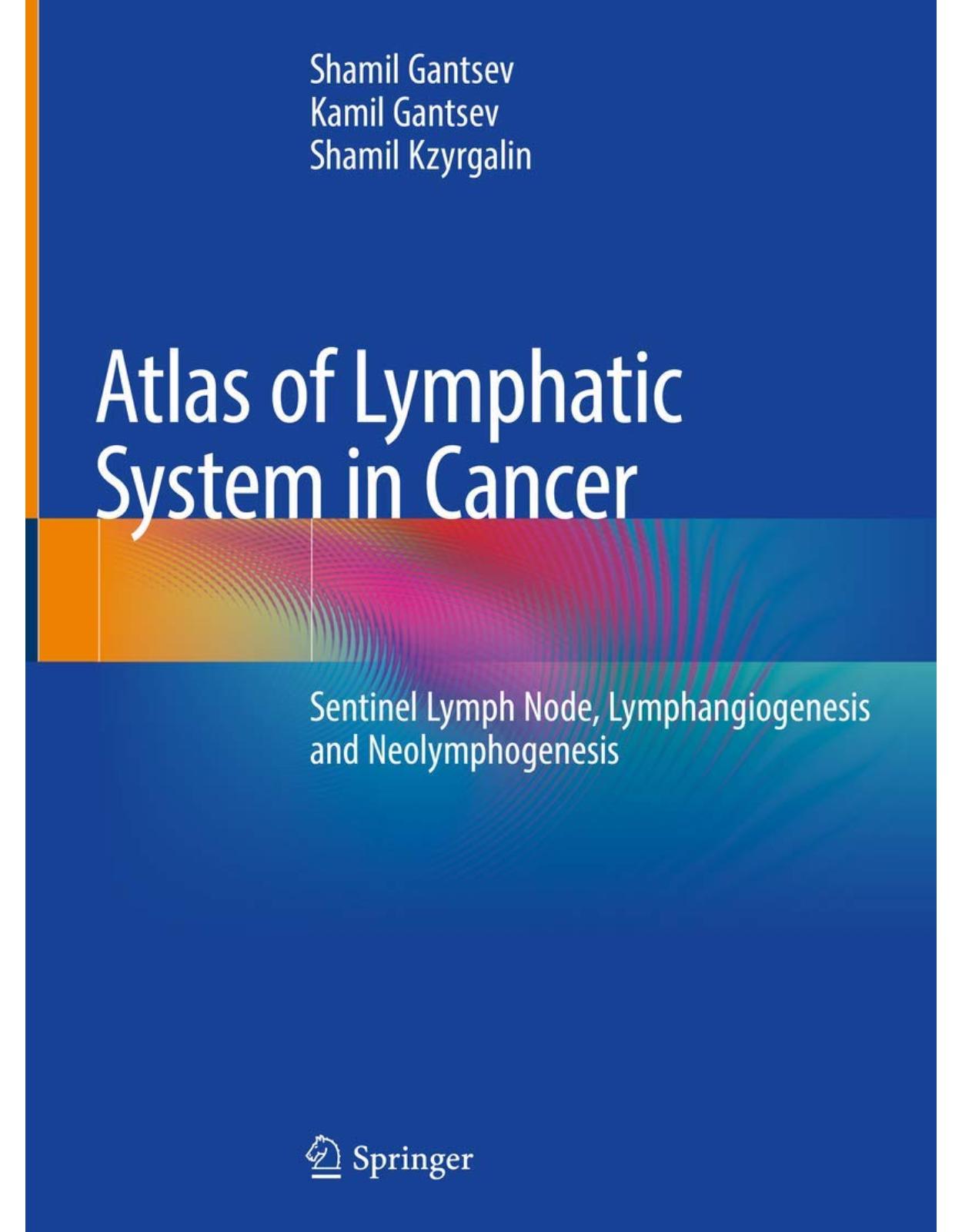
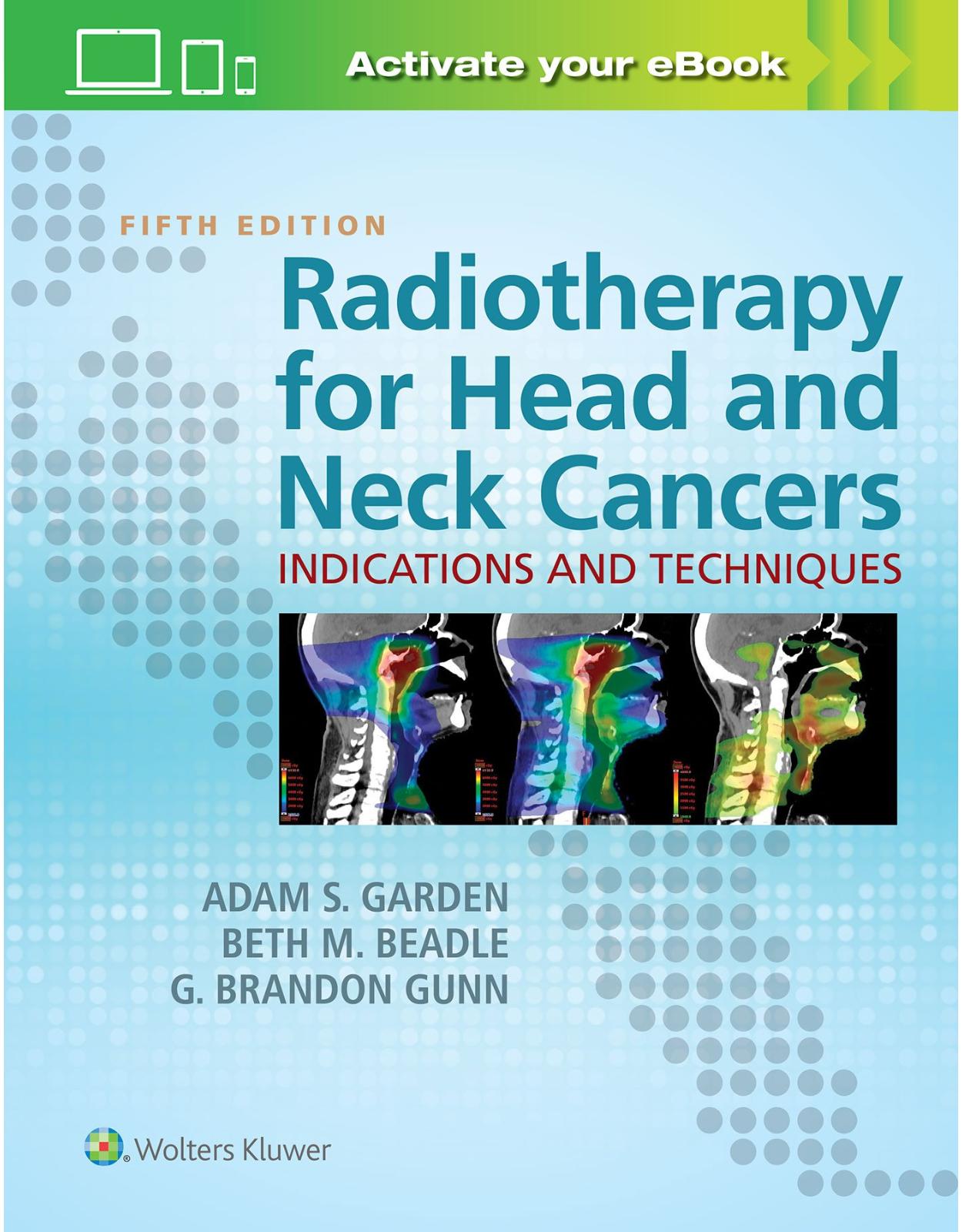
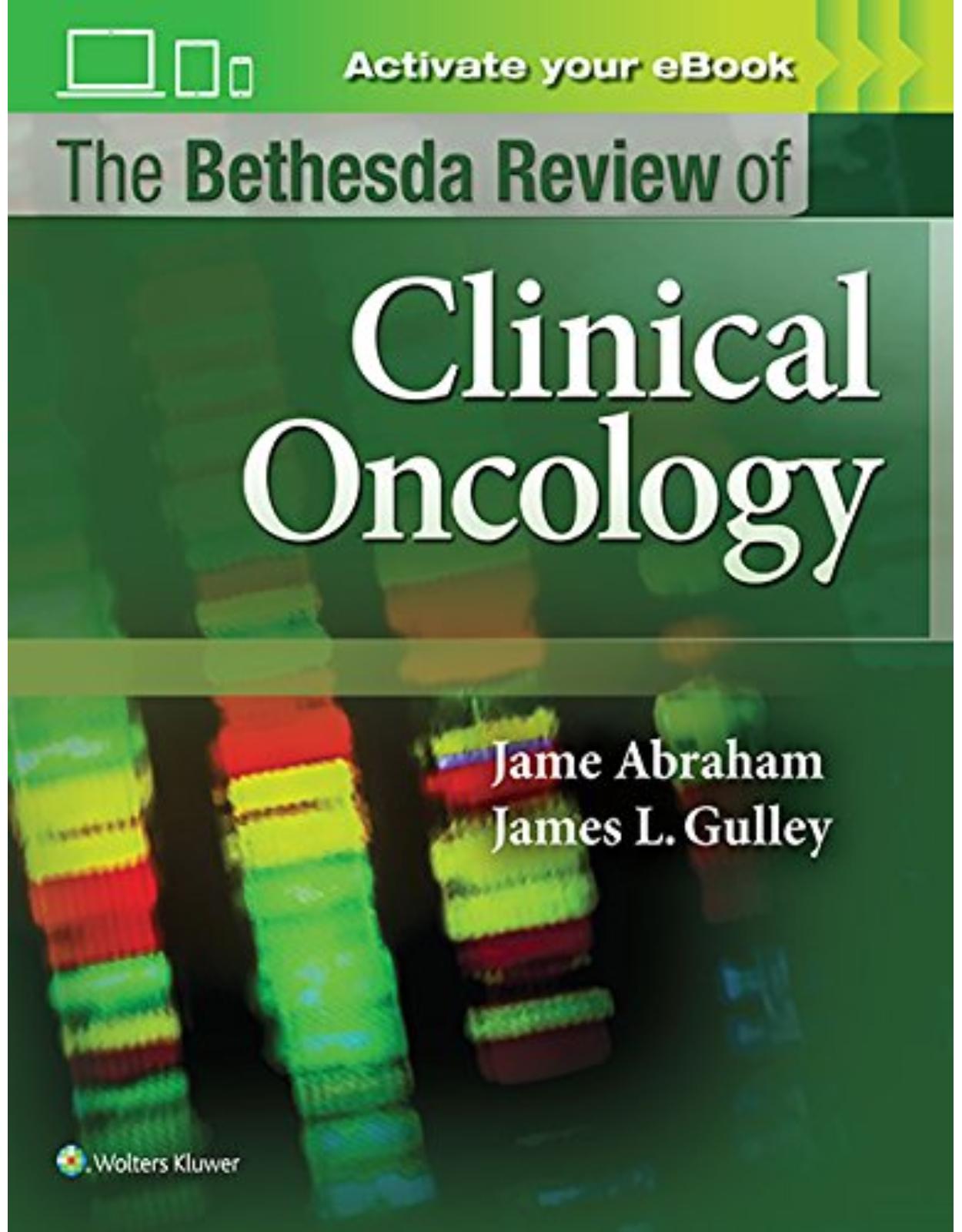
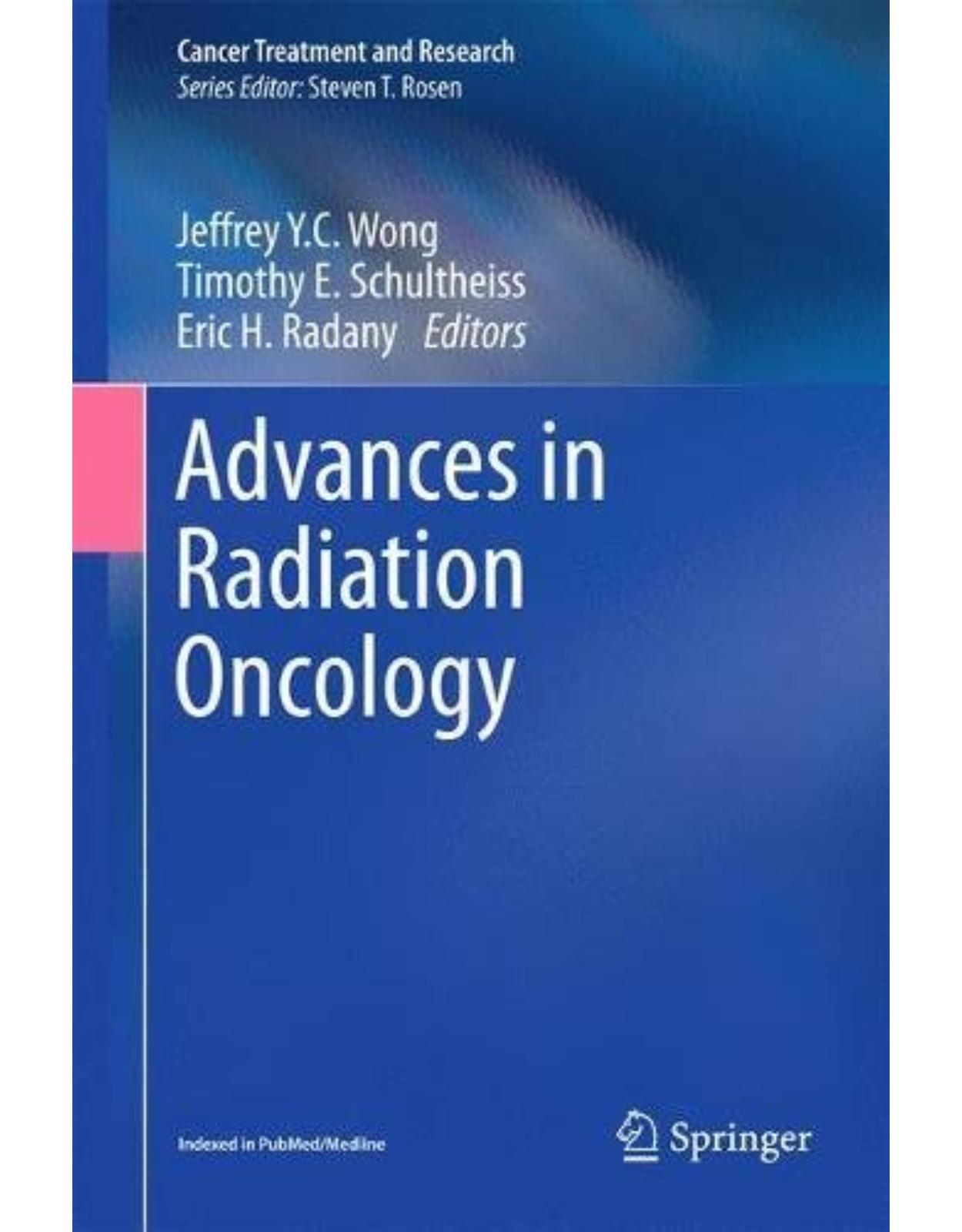
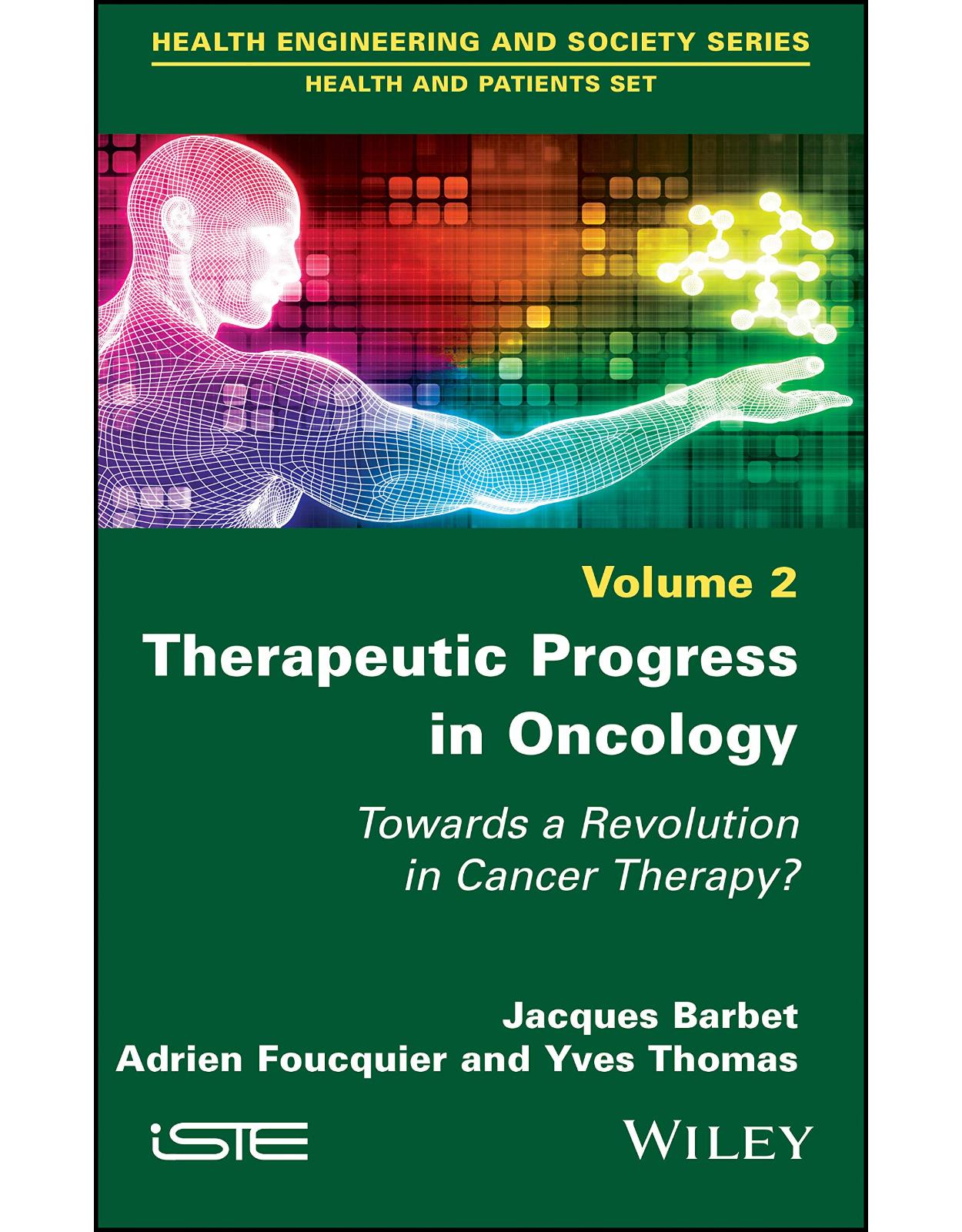
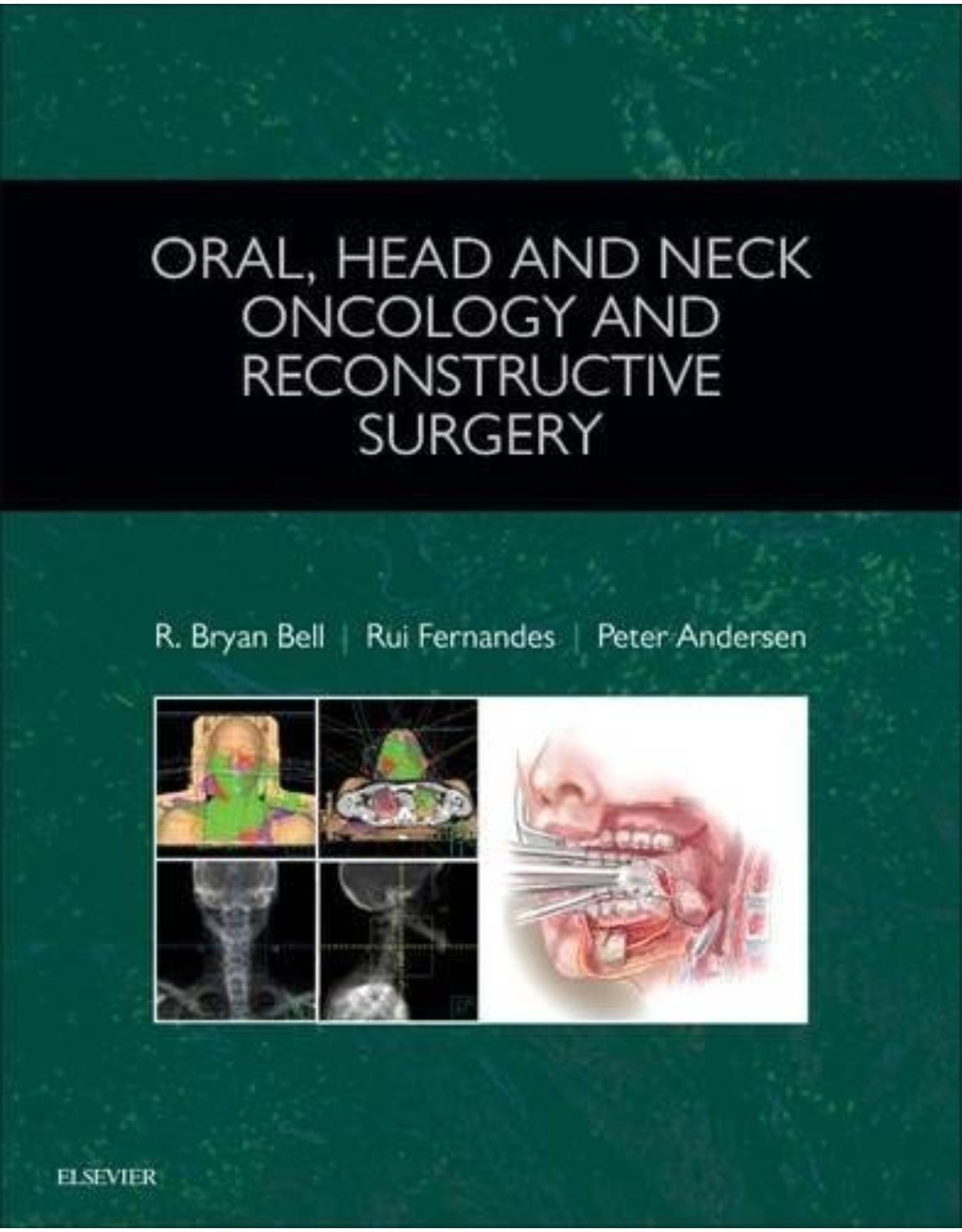

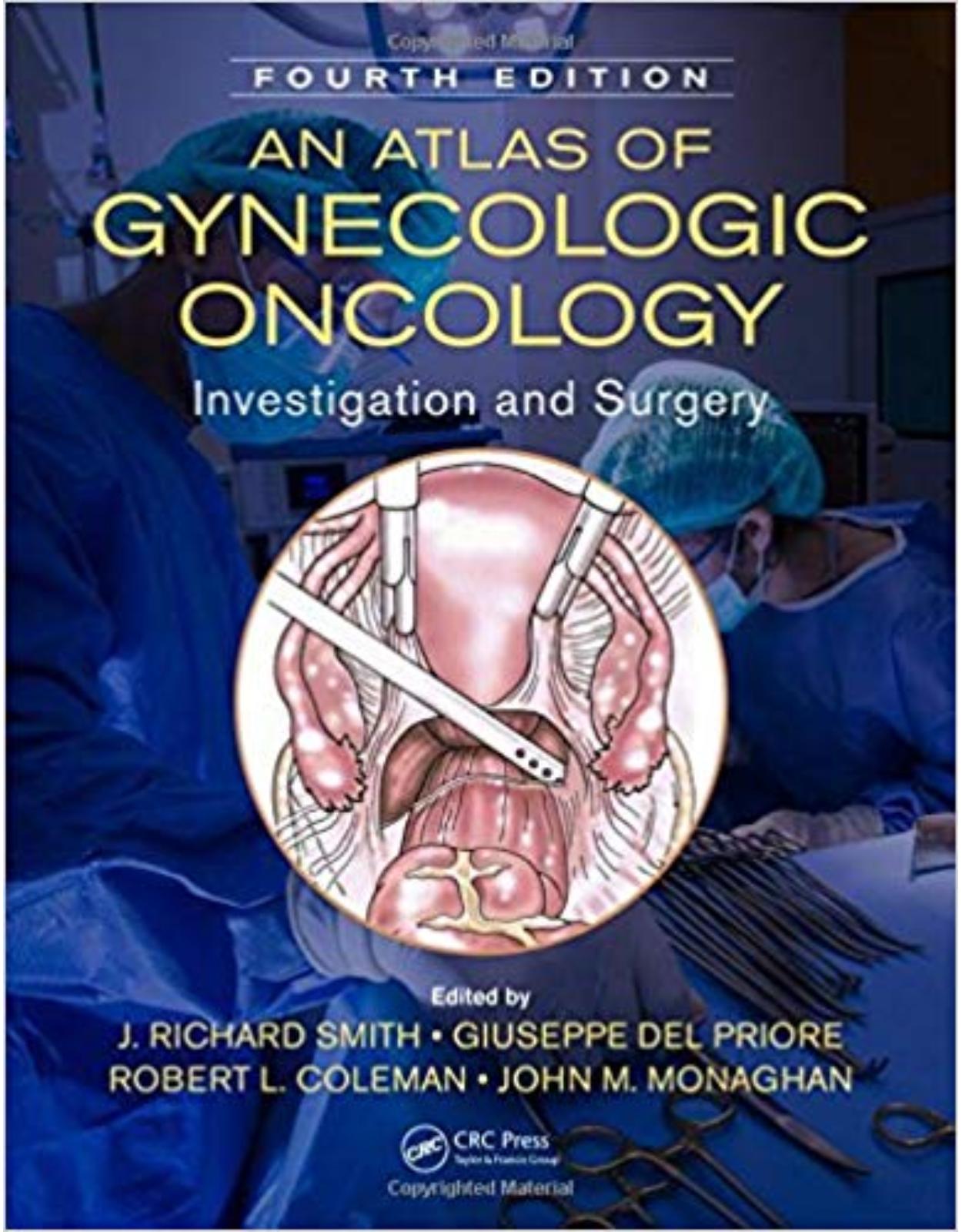
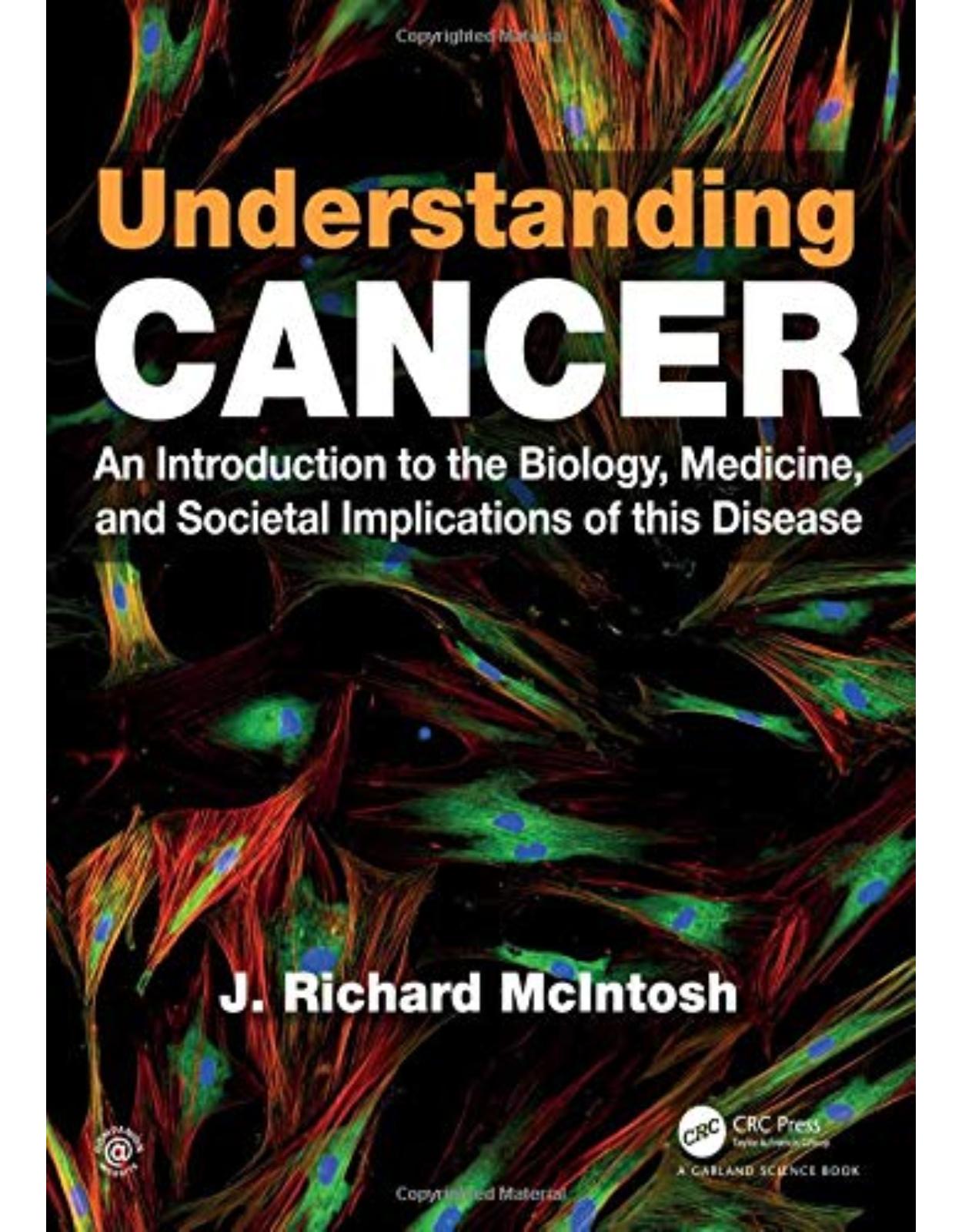
Clientii ebookshop.ro nu au adaugat inca opinii pentru acest produs. Fii primul care adauga o parere, folosind formularul de mai jos.